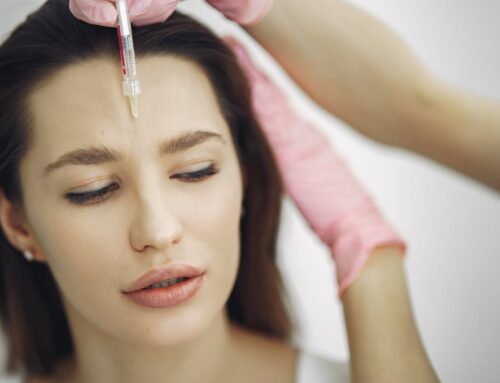
Considering a mini facelift to rejuvenate your appearance but worried about the recovery? One of the biggest questions patients ask is: “How long will it take to heal?” The recovery process is a critical part of your decision, and understanding the timeline will help you plan accordingly. In this article, we’ll explore the key stages of healing after a mini facelift and offer tips to ensure a smooth recovery.
By the end of this blog, you’ll know what to expect at every stage of your recovery and how to take care of yourself after the procedure.
What to Expect During Mini Facelift Recovery
The First Few Days Post-Surgery
Immediately after your mini facelift, it’s normal to experience some swelling and bruising around the treated areas. These symptoms usually peak within the first 48 hours, but you can manage discomfort with prescribed medications and cold compresses. It’s important to follow all post-operative instructions to minimize complications and promote healing.
Key points for the first few days:
- Swelling and bruising will be at their worst in the first 2-3 days.
- You’ll need to keep your head elevated and avoid strenuous activities.
- Pain is typically minimal, but over-the-counter or prescribed pain relief can help.
The First Week: Early Healing
By the end of the first week, most patients start to notice a significant reduction in swelling and bruising. However, don’t expect to return to work just yet. Stitches are often removed around this time, but your skin will still be sensitive. You’ll need to keep any follow-up appointments to monitor your progress.
Things to remember during week one:
- Avoid heavy lifting, bending, or vigorous exercise.
- Follow skincare routines recommended by Stevens Facial Plastic & Laser Center.
- Continue to take it easy—rushing back to your routine can delay healing.
Week Two: Progress and Recovery
By week two, you should see more dramatic improvements in your appearance as the swelling subsides and your skin starts adjusting to its new, tighter look. Most patients can return to non-strenuous work after two weeks, but you’ll need to wait longer before resuming any high-intensity activities.
During this phase:
- You’ll likely be cleared to return to work if it’s non-physical.
- Continue to protect your skin from the sun, as UV rays can affect healing.
- Any residual bruising or swelling should be minor.
Week Eight: Long-Term Healing
The final stages of healing after a mini facelift typically occur over two months. By the second month, most of the visible signs of surgery, such as swelling, should have faded. However, it may take longer to see the full results as the skin continues to settle.
In the long term:
- Your new look should last for years, with proper skin care and maintenance.
- Scarring will fade, becoming almost invisible in most cases.
- Follow-up visits with Stevens Facial Plastic & Laser Center ensure optimal results.
How to Speed Up Your Mini Facelift Recovery
- Follow Post-Operative Instructions: Carefully adhere to all instructions given by Stevens Facial Plastic & Laser Center. This includes wound care, medications, and activity restrictions.
- Elevate Your Head: Keep your head elevated while sleeping to reduce swelling.
- Stay Hydrated: Proper hydration promotes healing and reduces inflammation.
- Avoid Smoking and Alcohol: Both can interfere with the healing process, so it’s best to avoid them for at least a few weeks after surgery.
Your Path to a Smooth Mini Facelift Recovery
A mini facelift is a highly effective procedure to refresh your appearance with less downtime than a traditional facelift. Understanding the mini facelift recovery timeline helps you set realistic expectations and plan accordingly. From the initial swelling in the first few days to seeing your final results in a few months, your journey to a rejuvenated look will be well worth it.
At Stevens Facial Plastic & Laser Center, we are committed to supporting you every step of the way. Schedule your consultation today and take the first step toward achieving your cosmetic goals!


